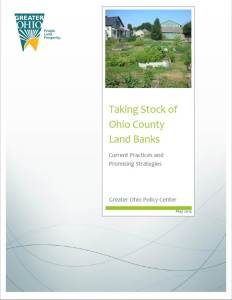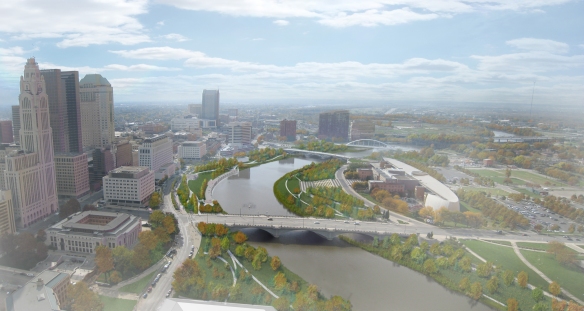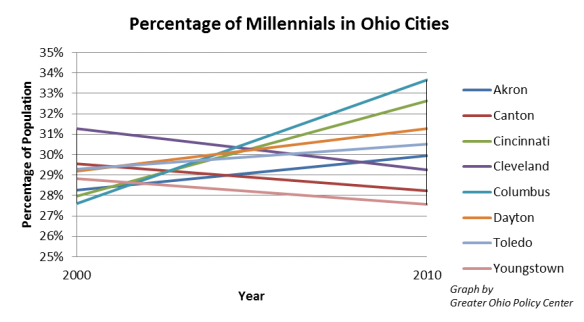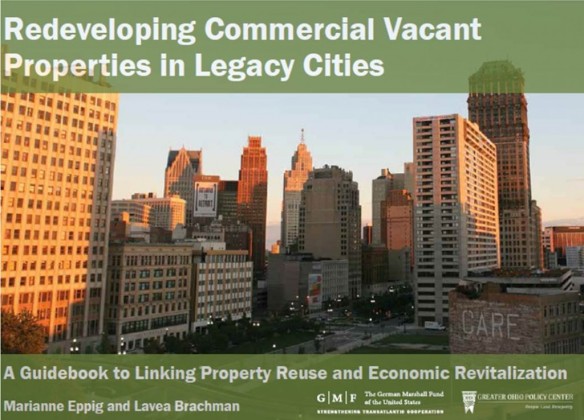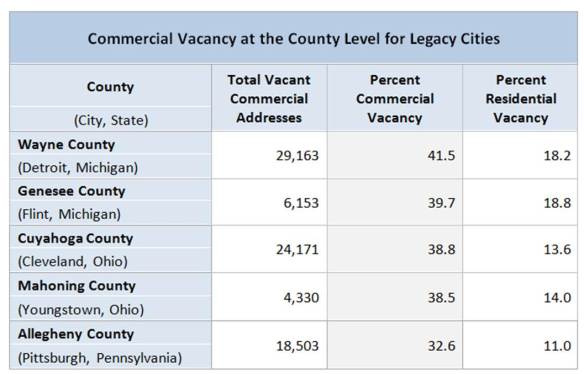For those of you who weren’t able to make it for the webinar series this summer on how to redevelop commercial vacant properties and business districts in legacy cities, I’ve included the links to the archived webinars for your viewing pleasure!
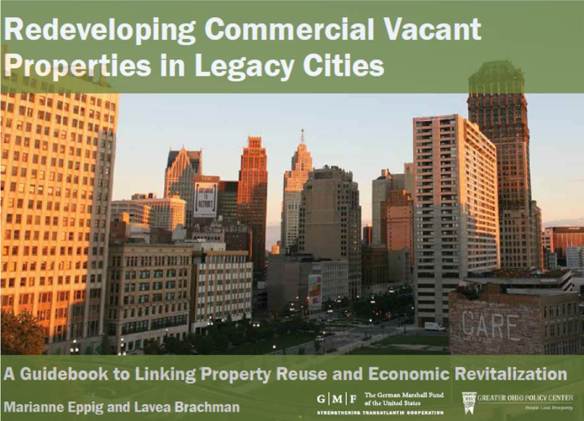
PLANNING FOR COMMERCIAL VACANT PROPERTY REUSE
This first webinar provides an overview of the first steps of any commercial revitalization process. These steps involve gaining an understanding the targeted property type and the specifics of its context, developing a plan for commercial revitalization that leverages the advantages of commercial vacant properties, and coordinating cross-sector partnerships around a framework for action. We also provide guidance on how to select an appropriate commercial vacant property reuse, maximizing the “match” between the property and its reuse.
TOOLS & STRATEGIES FOR COMMERCIAL REAL ESTATE REDEVELOPMENT
The second webinar supplies tools and strategies that can be used to address the unique challenges of commercial real estate redevelopment. Additionally, strategies for motivating property owners to reuse commercial vacant properties and for gaining site control are covered. The webinar provides tools and strategies that, together, can help practitioners in a variety of contexts return commercial vacant properties to productive use.
TOOLS & STRATEGIES FOR BUSINESS DEVELOPMENT AND DISTRICT MANAGEMENT
Commercial revitalization requires the productive reuse of redeveloped spaces. This webinar lays out strategies and models for managing commercial districts in addition to specific methods for developing and attracting business tenants. Methods for developing existing businesses and attracting desirable new economic uses are described as part of implementing an overall business district management approach. The combination of commercial property redevelopment and long-term business support programs may increase the potential for successful commercial revitalization.
TOOLS FOR OVERCOMING FINANCIAL GAPS
Since the costs of commercial vacant property demolition, clean-up and redevelopment can be prohibitively high, established and creative financing sources will be necessary to undertake each of these activities in the future-especially in weaker markets and legacy cities. Various sources of capital from the private, public, and non-profit sectors, as well as how they can be used, will be described in this webinar.
I presented these webinars in partnership with Greater Ohio Policy Center (GOPC) and the Ohio CDC Association during the Summer of 2015. In 2014, GOPC, in partnership with the German Marshall Fund of the U.S. and the Center for Community Progress, released the publication Redeveloping Commercial Vacant Properties in Legacy Cities: A Guidebook to Linking Property Reuse and Economic Revitalization. Utilizing the guidebook as the basis for these webinars, each webinar featured expert panelists with on-the-ground experience in webinar subject matter.

